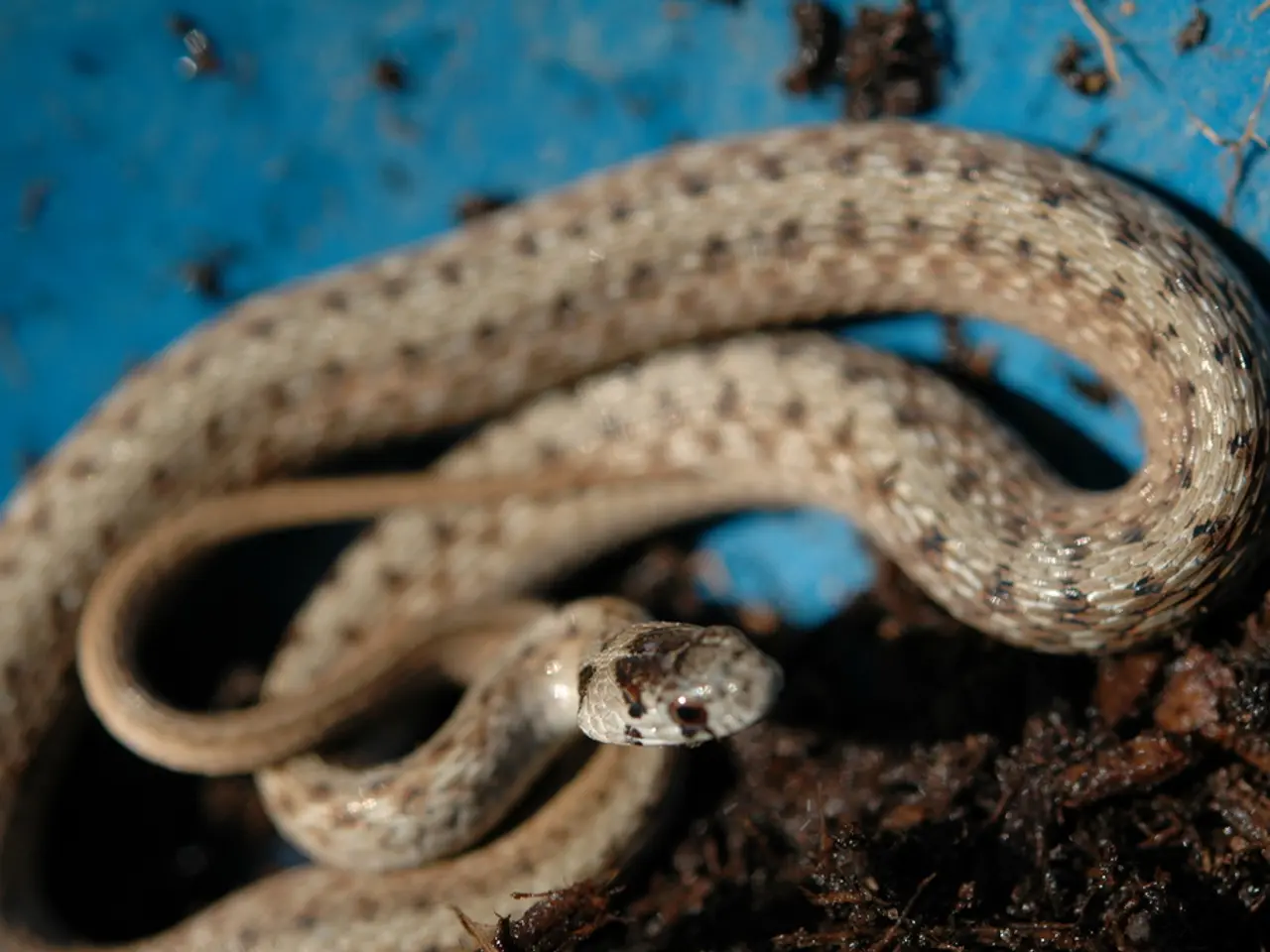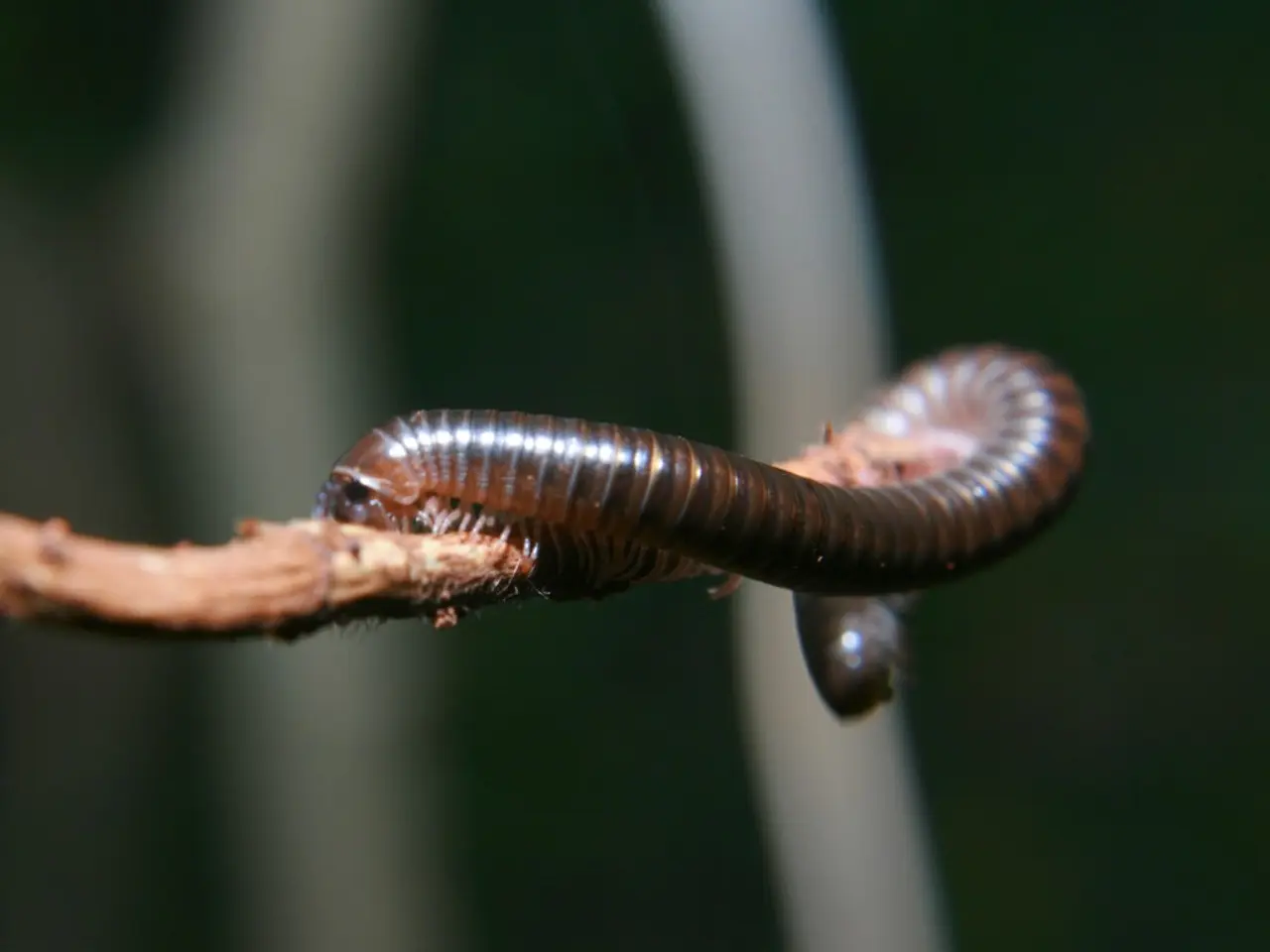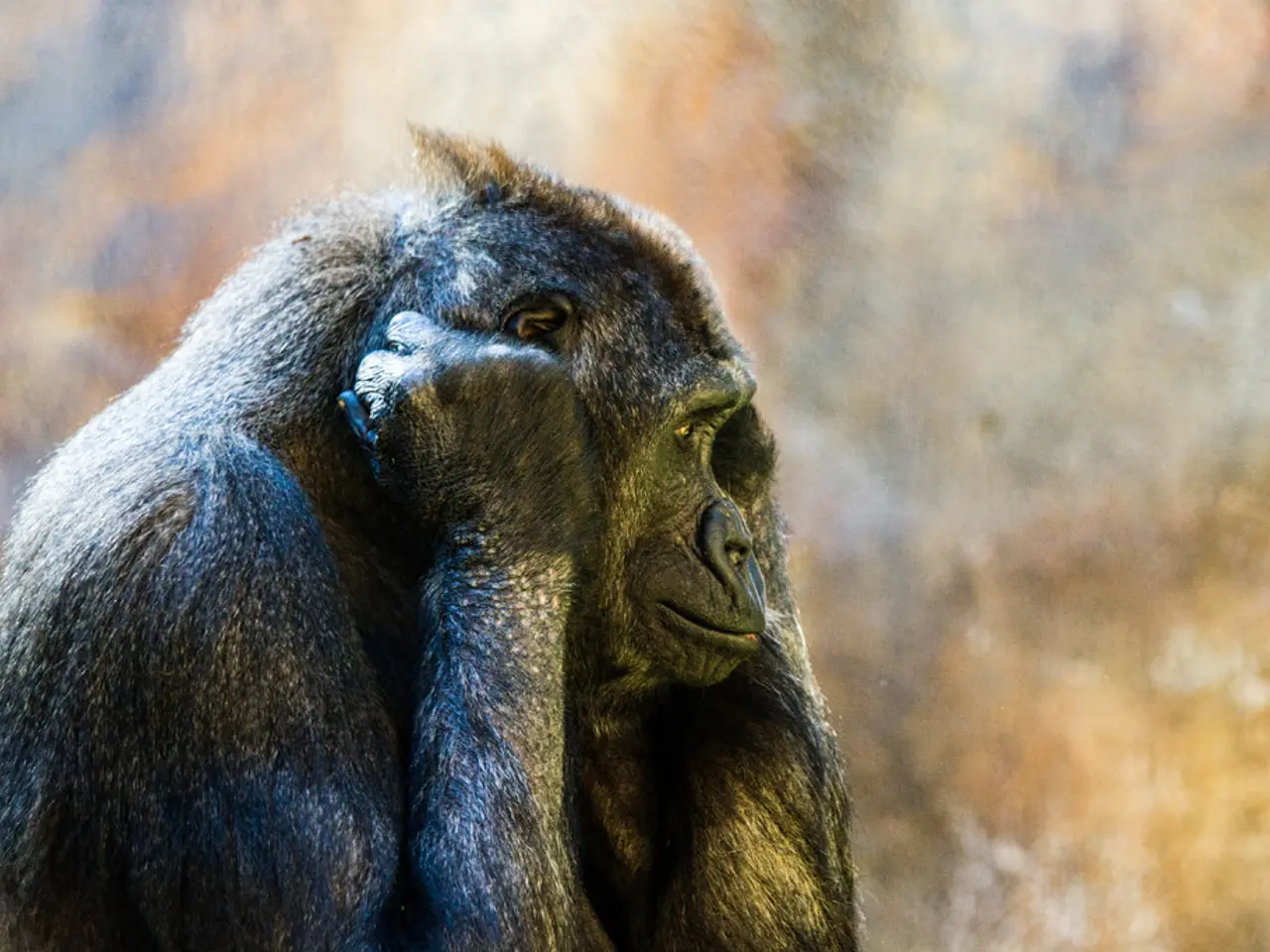Native to the eastern regions of North America, the Thamnophis sirtalis sirtalis, more commonly known as the eastern garter snake, is indigenous to the continent.
In a groundbreaking study led by Morgan Skinner, a doctoral candidate in behavioral ecology at Wilfrid Laurier University in Canada, garter snakes have been found to exhibit a form of social behaviour that is relatively uncommon among their reptilian counterparts. The study, which appeared in Behavioral Ecology and Sociobiology, reveals that these snakes have preferences for which snakes they socialize with, form friendships, and even seek out specific snakes they've hung out with before.
The research involved observing 40 juvenile eastern garter snakes, with 30 from wild-caught mothers and 10 from a single litter purchased from a breeder. The snakes were marked with nontoxic colored dots on their heads for identification. The study took place in a walled, tabletop enclosure, where the snakes formed groups of 3 to 8 individuals inside the small shelters.
The results showed that garter snakes seek out social contacts and are choosy about whom they socialize with. They aggregated during critical life stages such as hibernation and breeding, providing crucial adaptive advantages for survival and reproduction.
One of the key benefits of these social relationships includes increased survival during hibernation. Communal dens help retain heat and reduce individual risk from predators and harsh environmental conditions. Another benefit is enhanced reproductive success, as aggregating during the breeding season facilitates mate finding and courtship, increasing mating opportunities. Grouping can also provide safety in numbers and may aid in communication through chemical cues or physical contact during courtship or territorial interactions.
However, not all snake species exhibit this level of social behaviour. For instance, ring-necked snakes tend to be solitary and do not form such social groups, relying mainly on chemical signals and occasional contact for mating or territorial purposes.
The scientists also tested the snakes' personalities, evaluating whether they were "shy" or "bold". In groups, personality differences among snakes vanished, and they generally followed the herd. This suggests that group dynamics may play a significant role in shaping the behaviour of individual snakes.
This study adds to the growing body of evidence that social relationships are not exclusive to mammals and birds, but are increasingly being discovered throughout the animal kingdom. Examples of animals with discovered social relationships include flamingos, bats, and elephants. A recent analysis of vampire bats showed that bats and humans both have conditional friendships.
While the experiment was done in captivity, the findings suggest that snakes have more social intelligence and a larger social repertoire than previously thought. The translation of these findings to natural conditions remains an area of ongoing research. The use of the word "friend" when discussing such relationships in nonhuman animals has become more common as the field of study deepens, offering fascinating insights into the complex social lives of our planet's diverse creatures.
[References] [1] Ring-necked snakes: Solitary and elusive [2] Garter snakes: Social behaviour during hibernation [3] Mating behaviours in garter snakes [4] The benefits of social aggregations in garter snakes [5] The role of personality in garter snake social dynamics [6] Conditional friendships in vampire bats and humans [7] The social intelligence of garter snakes: A new perspective on reptilian behaviour
- The study of garter snakes has revealed that they exhibit social behavior like forming friendships and preferring certain snakes for socialization, a behavior that is less common among reptiles.
- In forest environments, wildlife such as garter snakes form groups of 3 to 8 individuals during critical life stages like hibernation and breeding, gaining adaptive advantages for survival and reproduction.
- Explorers in the field of ecology and sociobiology often uncover various social behaviors in diverse species, with recent findings showing that flamingos, bats, and elephants also have discovered social relationships, adding to the growing body of evidence.
- Adventurers delving into the world of science might be interested to know that social relationships are not exclusive to mammals and birds but are prevalent in various animal kingdoms.
- Lovers of health-and-wellness and fitness-and-exercise might appreciate the benefits of these social relationships, such as increased survival during hibernation due to communal dens retaining heat and reducing individual risk from predators and harsh conditions.
- Participants on social-media platforms or entertainment forums often discuss animal behavior, and the use of the term "friend" when referring to relationships in non-human animals has become more common, offering insights into the complex social lives of our planet's diverse creatures.




